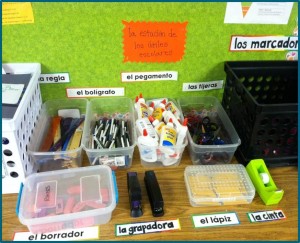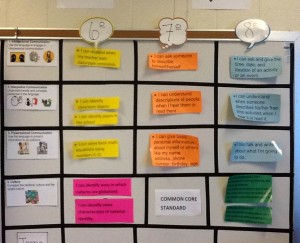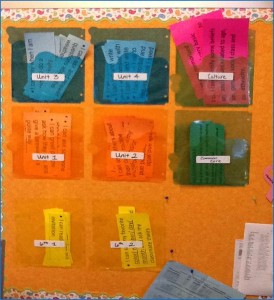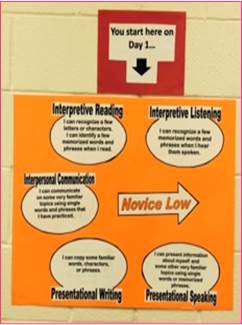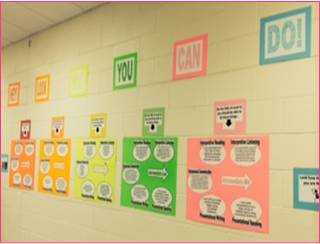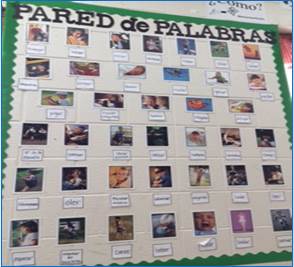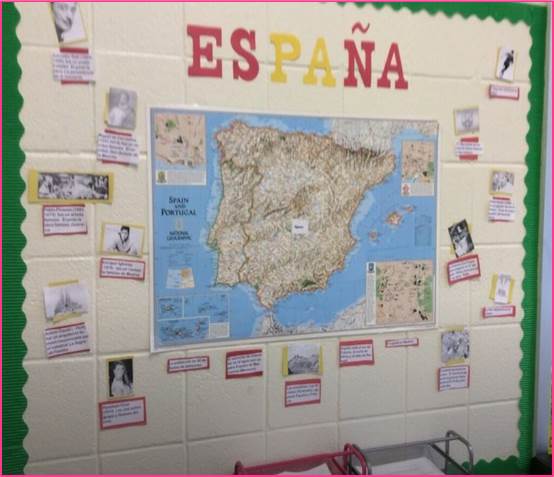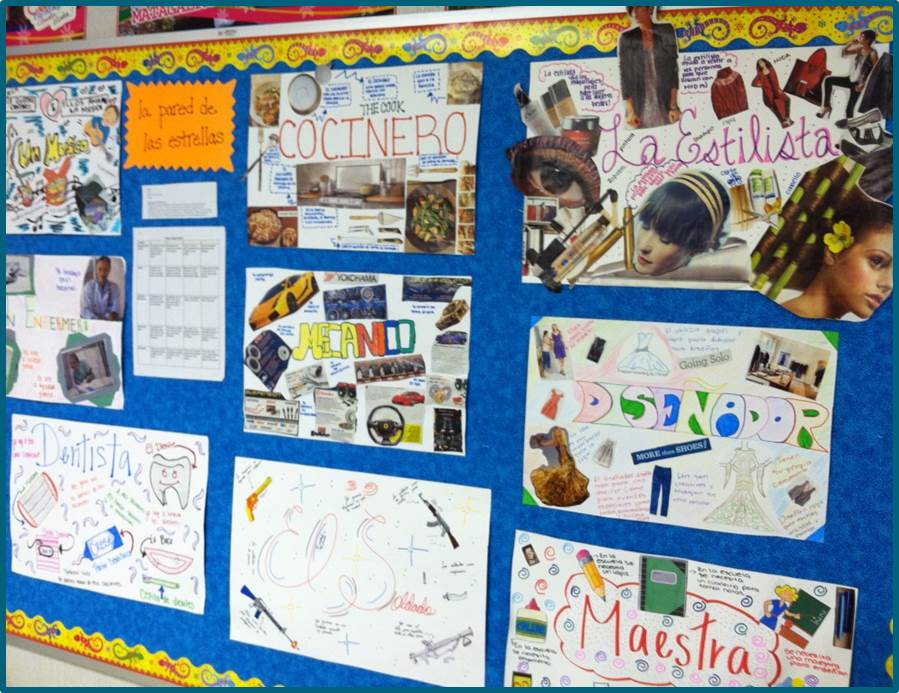Most of you will agree that the Planning piece of any lesson is absolutely key to the lesson’s success and, therefore, to helping students increase their proficiency. Most will agree, as well, that it is probably the most difficult piece for any number of reasons.
I was recently asked to observe a dual language immersion team as they planned together for the coming grading period. The meeting began, and I breathed a sigh of relief. These folks really had it together. The team leader brought copies of relevant parts of the curriculum, and a quick skim read told me that it was solidly couched in state and national standards. A glance at the lesson plan form showed there was a place to write the performance targets for each activity. A more careful look showed me that it was beautifully set up for backward design planning. Out to the side was space to write how one language could reinforce the work that was being done in the other. It was ideal for the needs of a dual language immersion program. What a great team! I was going to sit back and listen and hopefully learn a little more about collaboration in the immersion classroom. What a cushy job!
Then, as is often the case, the ideal came face to face with the day-to-day. The team pulled out their teacher editions and several supplementary resources they had brought to the meeting. Each team member was assigned several time slots in the coming grading period, and each one began to list activities for the time slot to which they were assigned. Little attention was given to the standards being addressed, ways to allow students to perform tasks and receive feedback, student interest, choice, and goal setting, or any of the other elements that are so important to quality planning. Teachers listed activities for their time slots, along with the materials and supplies needed to execute them, and passed their lists to the team leader who apparently intended to make copies of everything that was being generated and distribute them to the team members. Team members were clearly uncomfortable and irritated by the need to complete their task. And then, before I could blink, the planning session was over, and the team members were on the way back to their classrooms.
As soon as I could, I cornered the principal and put my questions to her as delicately as I could and still find out where the disconnect was between that beautifully designed lesson plan form and the work that really was getting done. Did the team understand that they needed to plan with the targeted standard firmly in mind? Had they been trained on how to do backward design lesson planning? Did they know they needed evidence to show whether or not students had reached the lesson targets? Had they heard the research about student choice and found out their students’ interests? Did they understand how to integrate two disciplines such that one supported the other? And to every question I asked, the answer was, “Yes.”
My head was spinning. I knew this program was this district’s pride and joy. They had hired the best, were giving them the best possible training, along with the best resources and the best schedule with the most planning time. This team had everything going for them, and yet things had settled back into the mediocre middle. I decided to ask the only question I had left.
“So Ms. ________________, why don’t we see all the training they’ve used in their team planning?”
She sighed and said, “The team members really don’t like each other. They can hardly stand to be in the same room with one another, so they do the bare minimum, and that’s it.”
Hardly knowing what to say, I pulled out a convenient cliché. “But it’s not about them; it’s about the kids. They have to realize that and do their jobs.”
“That’s why you’re here.” So much for my cushy job.
It wasn’t long before I began to regret my flip comment, “It’s not about them…” More importantly, I began to question the veracity of the statement. Was it really not about them? Could the team be expected to put all differences aside on behalf of the students and function as the well-oiled machine I had imagined them to be? Additional reflection brought to mind other situations with which I was familiar. One district provides a significant amount of time for secondary teachers to form professional learning communities. Yet at least one school had had to suspend its PLC’s because the teachers simply could not get along. In another school a teacher who desperately needed the help of the more experienced members of the team found himself isolated from those who could best help him because the team could not get along with each other. Yes, it was about the team, and until attention was given to team relationships, it would never be about the students.
One thing I knew—I was expected to go back to that school armed with something that had some potential of addressing the reason I was there, some possibility of creating an atmosphere for collaboration. I jotted down some “givens” about teachers.
The vast majority of teachers love their students, are passionate about their subject matter, and are happy with their choice to spend their careers in the teaching profession.
This love and passion cause teachers to want to do the very best possible job, and they work endless hours to bring the very best they have to the classroom.
The desire to be successful and the huge investment of time and effort creates in teachers a strong sense of ownership regarding what they do on a daily basis.
The instructional decisions teachers make are rooted in deeply-held beliefs about what is best for their students. Teachers may not even know where these beliefs came from or have a rationale to explain them, but the beliefs lie deep within them, and they are not easily changed.
That was it! The ability of this team to function collaboratively and thereby do deeper, more enhanced planning that takes into account every student’s need to acquire content and increase language proficiency would depend on their ability to find out what parts of their beliefs systems they shared and capitalize on them. Team members likely knew where their beliefs differed from the rest of the team, and this would explain why they planned side by side rather than together and for as short an amount of time as possible. But did they know what they had in common, what deeply-held beliefs about children and about educational practice provided common ground where they could meet to collaborate on their students’ behalf.
One thing was abundantly clear – the group was in for some fierce conversations. I put together a few guiding questions to help them on their way.
- What are the non-negotiables? What are the things that are required of us by the school or the district? We can just accept those, as they are out of our control. (I knew from their schedules that the team was expected to spend a certain amount of time planning together, and I knew they were expected to use the district curriculum and the backward design lesson planning form. I suspected there were expectations regarding grading, as well. That was a significant beginning if they could just agree to accept the non-negotiables and let them serve as the first piece of common ground.)
- What do I believe about students?
- What do I believe about classroom systems and procedures (handling materials, dividing into groups, turning in work, transitioning to the next learning experience, behavioral expectations and consequence)?
- What do I believe about homework?
- What do I believe about the integration of one discipline with another?
- What do I believe about vocabulary support from discipline to discipline and language to language?
It was a start. I would recommend that, regarding numbers 2-6, each team member answer the questions privately. The team leader would collect the information and study it carefully with the principal before proceeding with any discussion. Then, bit by bit, the team would discuss each of the topics listed and any others they found to be important. Like I said, fierce conversations with the goal of building relationships on common ground.
The bottom line? Teachers are people with beliefs that really matter to them, and they need to be able to contribute to any collaborative situation out of the depths of those beliefs. A team needs to hear each other and develop a common philosophy of work before doing any unit or lesson planning. It’s a part of building relationships, and when teachers are comfortable in their team relationships, they are able to rest in the fact that they have taken care of what is about them so that it can now be about the students.
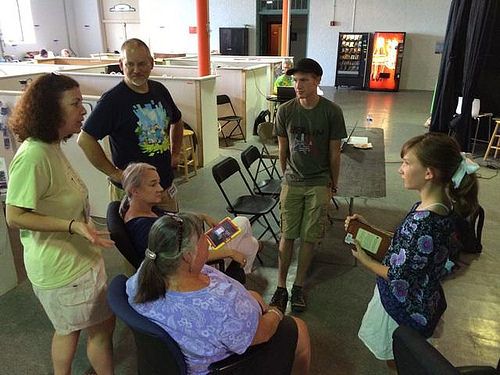
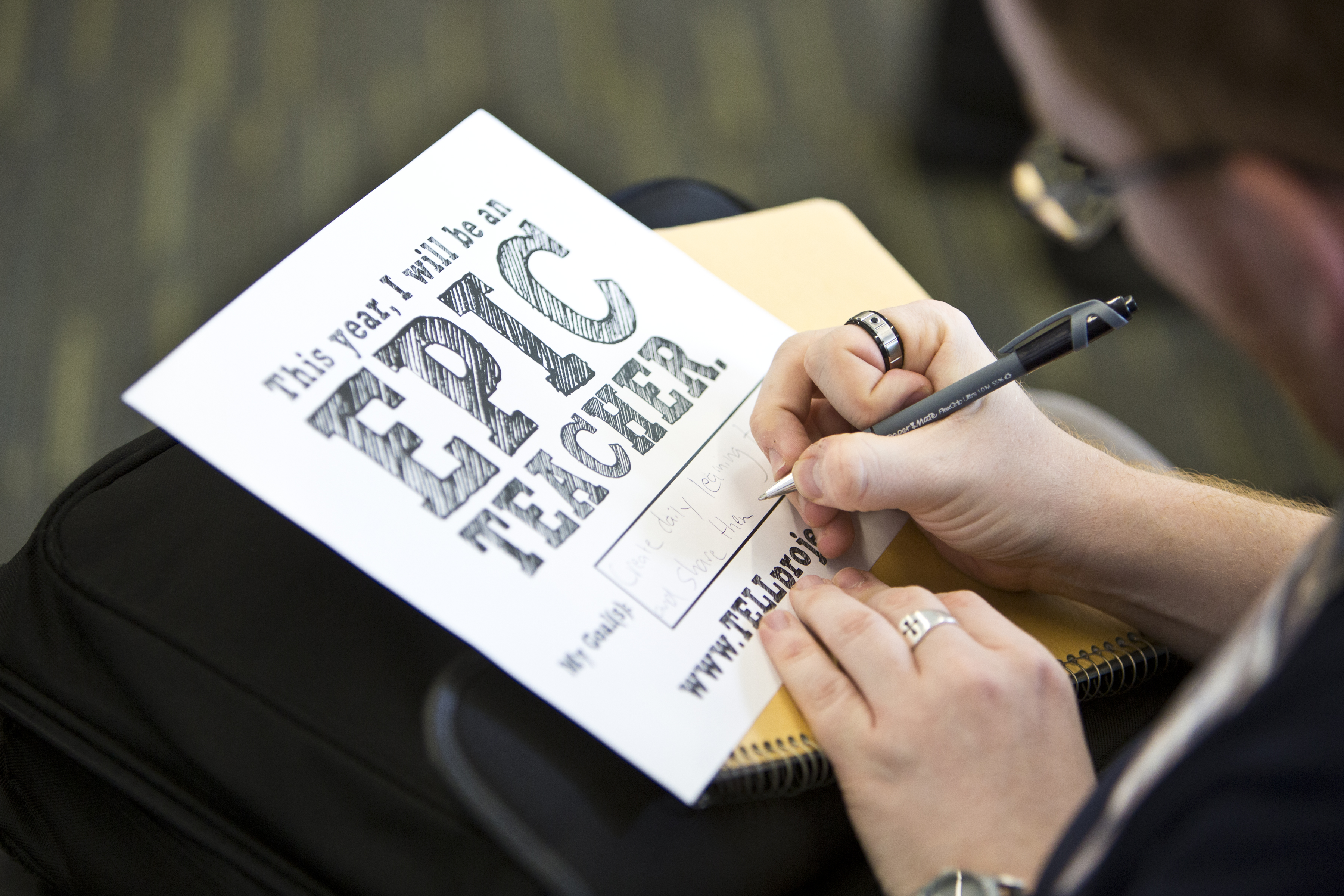
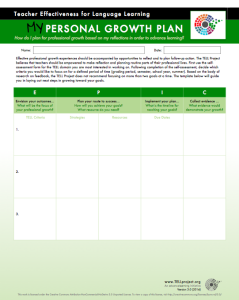
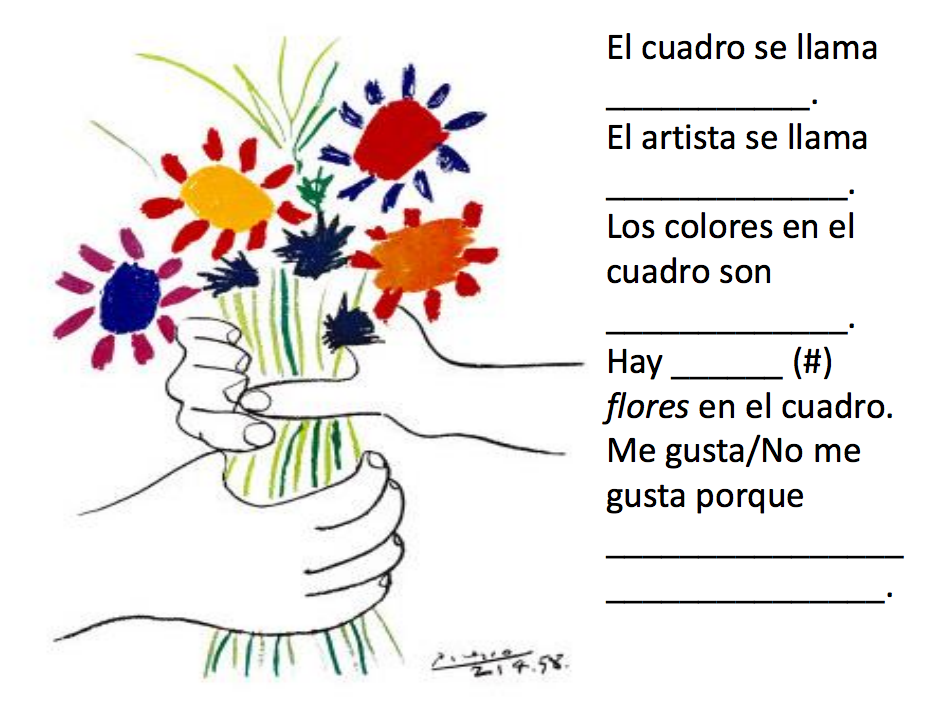

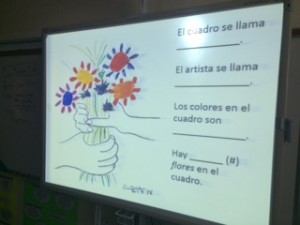
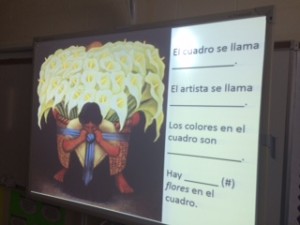
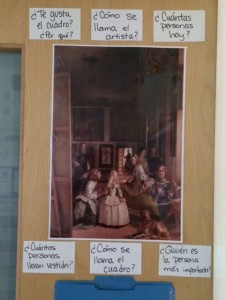
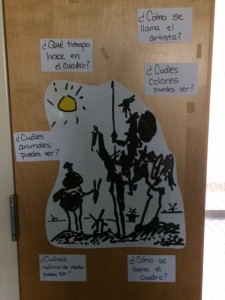

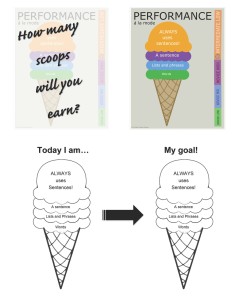


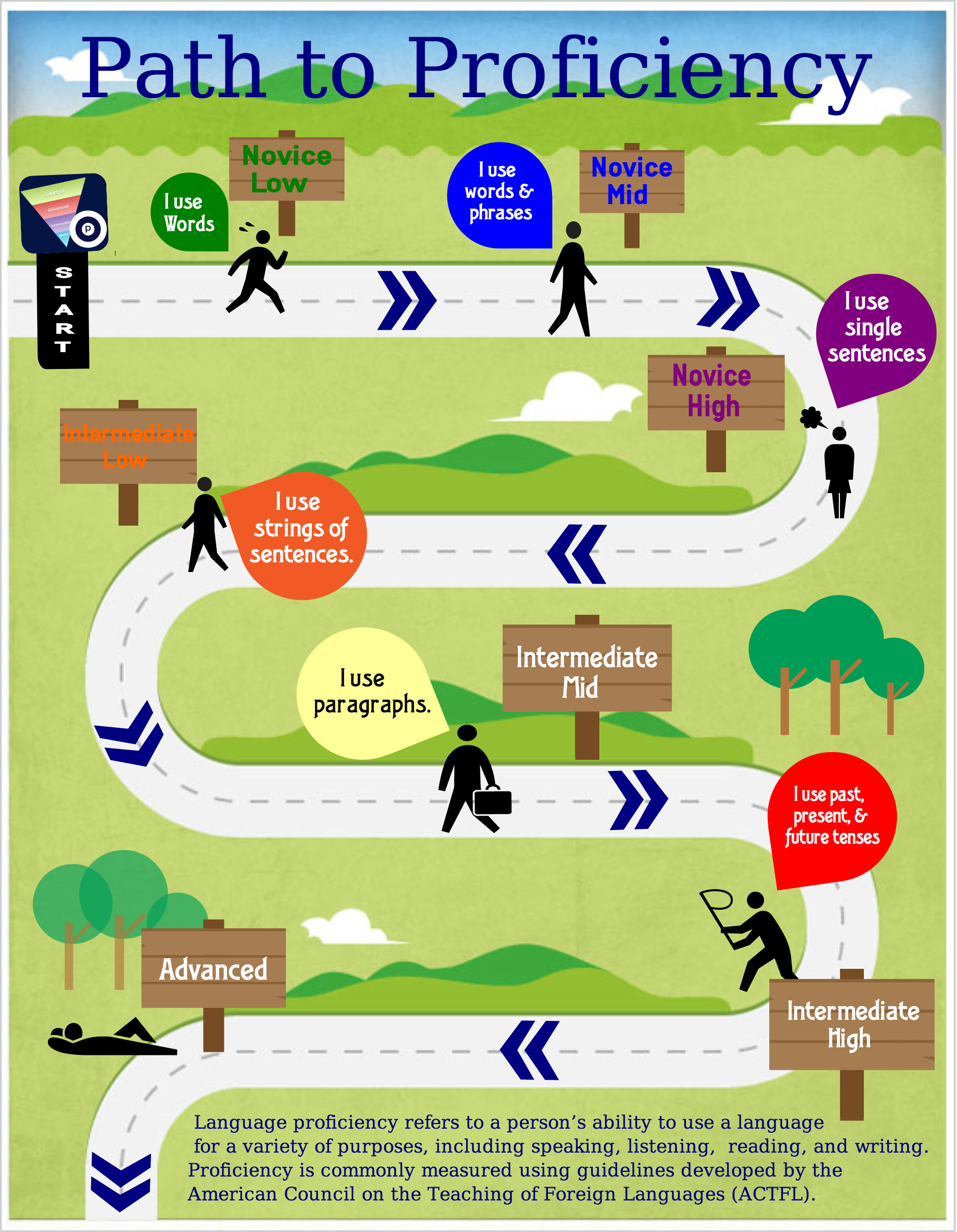
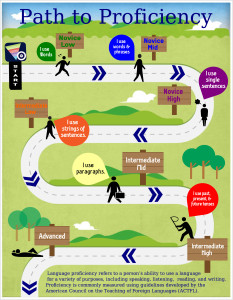
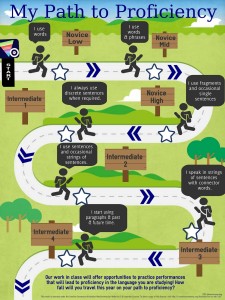


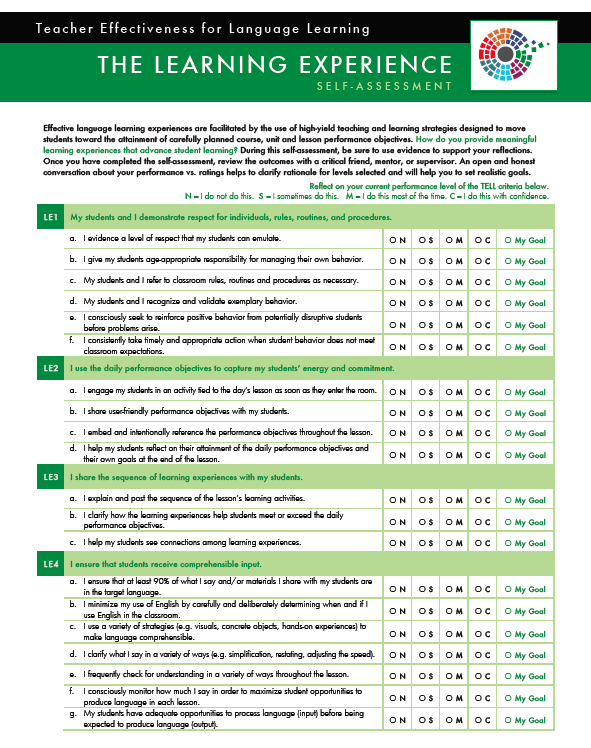
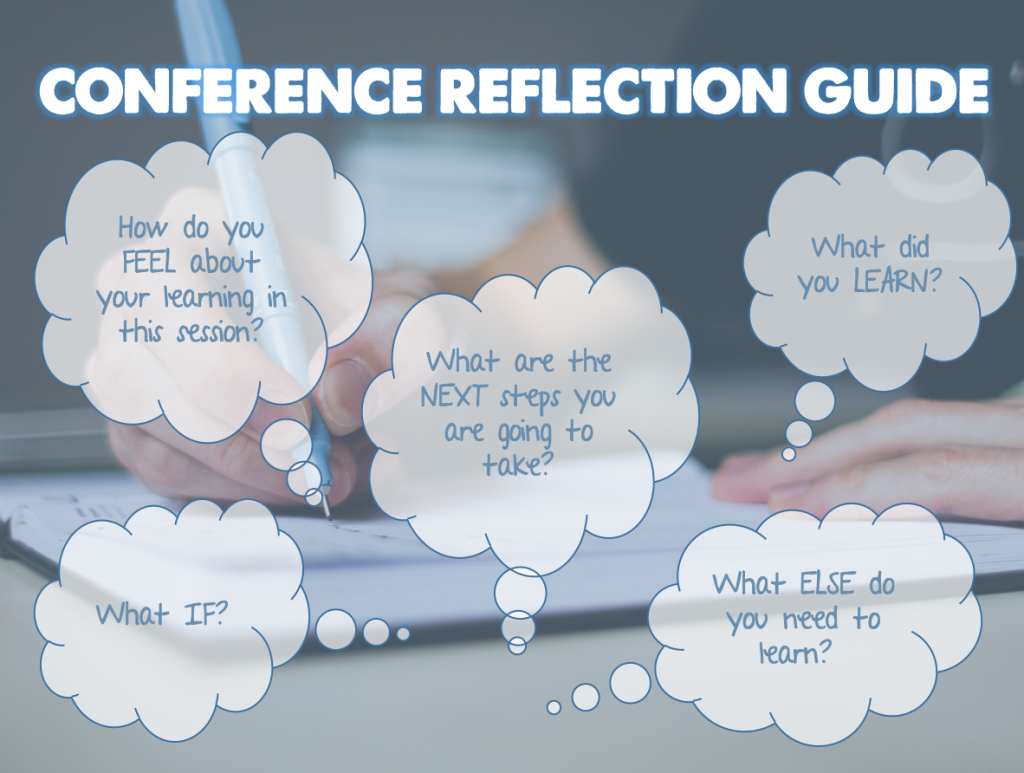

 I think it would be fair to warn you, I am somewhat obsessed with my classroom. I love the empty, bare walls at the beginning of the year, and the possibility of the language learning that is going to happen. Crazy, right? I love that I get to be creative and prepare the best environment that I can for the 90+ kids I’m going to teach each semester. Even when it’s done, I’m not done. I am constantly updating and thinking of new ways to make it more inviting, student-friendly, and language-driven (I’ll show you my new and improved art posters another day).
I think it would be fair to warn you, I am somewhat obsessed with my classroom. I love the empty, bare walls at the beginning of the year, and the possibility of the language learning that is going to happen. Crazy, right? I love that I get to be creative and prepare the best environment that I can for the 90+ kids I’m going to teach each semester. Even when it’s done, I’m not done. I am constantly updating and thinking of new ways to make it more inviting, student-friendly, and language-driven (I’ll show you my new and improved art posters another day).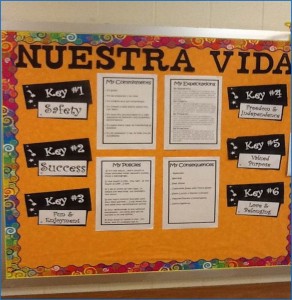
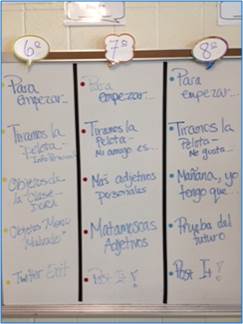 The agenda is not, as I used to believe, an annoyance that I have to post every day to keep admin off my back. It’s actually really important for me, my students, and anyone walking through my room. It’s a concrete way for everyone to be on the same page and to know what’s going on. I teach 4 preps this semester, and without an agenda, I would not be able to hold together everything that I have planned for each class. I also think the agenda holds me accountable to the performance objectives because when I write out the activities on the board, I can see if/how they support my daily goals, or if I’m just trying to fill time. It also helps those students who need structure to know what is coming next, even though I only write down the big rocks, not every transitional piece of the class period. For my more game-oriented students, the agenda shows the games I have planned for later as an incentive to get through my direct instruction now.
The agenda is not, as I used to believe, an annoyance that I have to post every day to keep admin off my back. It’s actually really important for me, my students, and anyone walking through my room. It’s a concrete way for everyone to be on the same page and to know what’s going on. I teach 4 preps this semester, and without an agenda, I would not be able to hold together everything that I have planned for each class. I also think the agenda holds me accountable to the performance objectives because when I write out the activities on the board, I can see if/how they support my daily goals, or if I’m just trying to fill time. It also helps those students who need structure to know what is coming next, even though I only write down the big rocks, not every transitional piece of the class period. For my more game-oriented students, the agenda shows the games I have planned for later as an incentive to get through my direct instruction now.